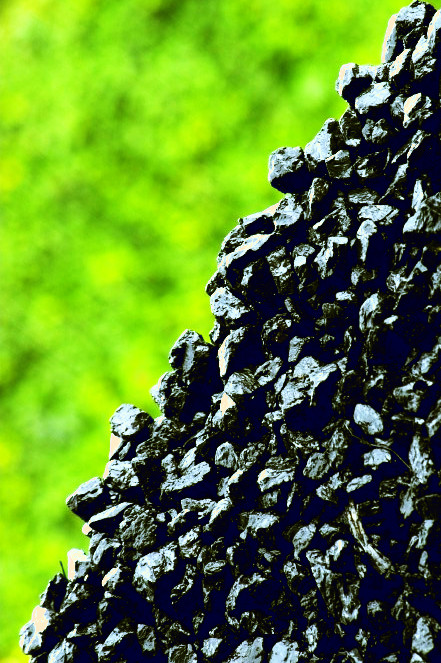Miners call for more coal
 The Minerals Council says spending a large portion of the current renewable subsidy on new coal power plants would lead to lower electricity prices.
The Minerals Council says spending a large portion of the current renewable subsidy on new coal power plants would lead to lower electricity prices.
A report by power and energy sector specialists GHD and Solstice Development Services - commissioned by the Minerals Council mining lobby and its R&D arm COAL21 - claims it would cost $2.2 billion to build a 1000MW ultra-supercritical (USC) coal-power plant to deliver cheap electricity.
This has been compared with the total $3 billion worth of taxpayer subsidies for Australia’s state and federal renewable energy targets, 75 per cent of which is collected through higher electricity bills.
The black coal USC plant - otherwise known as ‘high-efficiency, low emissions’ (HELE) - could produce electricity at $40-$78 per megawatt hour, compared with $69-$115/MWh for gas and $90-$171 for solar, according to the 550-page technical study reported by The Australian.
But this analysis runs contrary to findings by the Australian Government’s own ARENA and Clean Energy Council, as well as the Australian Industry Group business lobby, which all put the price of renewable energy at figures closer to $100/MWh (or below).
The report adds to swirling rumours that the Federal Government will look to build new HELE coal plants, after the Turnbull Government asked the Australian Energy Market Operator for advice on how to ensure “new continuous dispatchable power is provided”.
The analysis for the Minerals Council and COAL21 says construction costs for a new HELE plant could be reduced by building it at “an existing power plant location”.
COAL21 chief Greg Evans said HELE coal plants should “figure prominently in our electricity system, complementing and supporting other technologies including renewables”.
“The report authors reviewed and costed different technology options that are capable of replacing retiring capacity. These were considered on their merit using a range of sources cross checked against published studies and their respective assumptions,” he told News Corp reporters.
“It [the report] concludes that the imminent retirement of coal plants in NSW and Victoria provides opportunities for constructing and replacing them with USC plants by the early 2020s. Additional capacity may also be required in Queensland,” he said.







 Print
Print